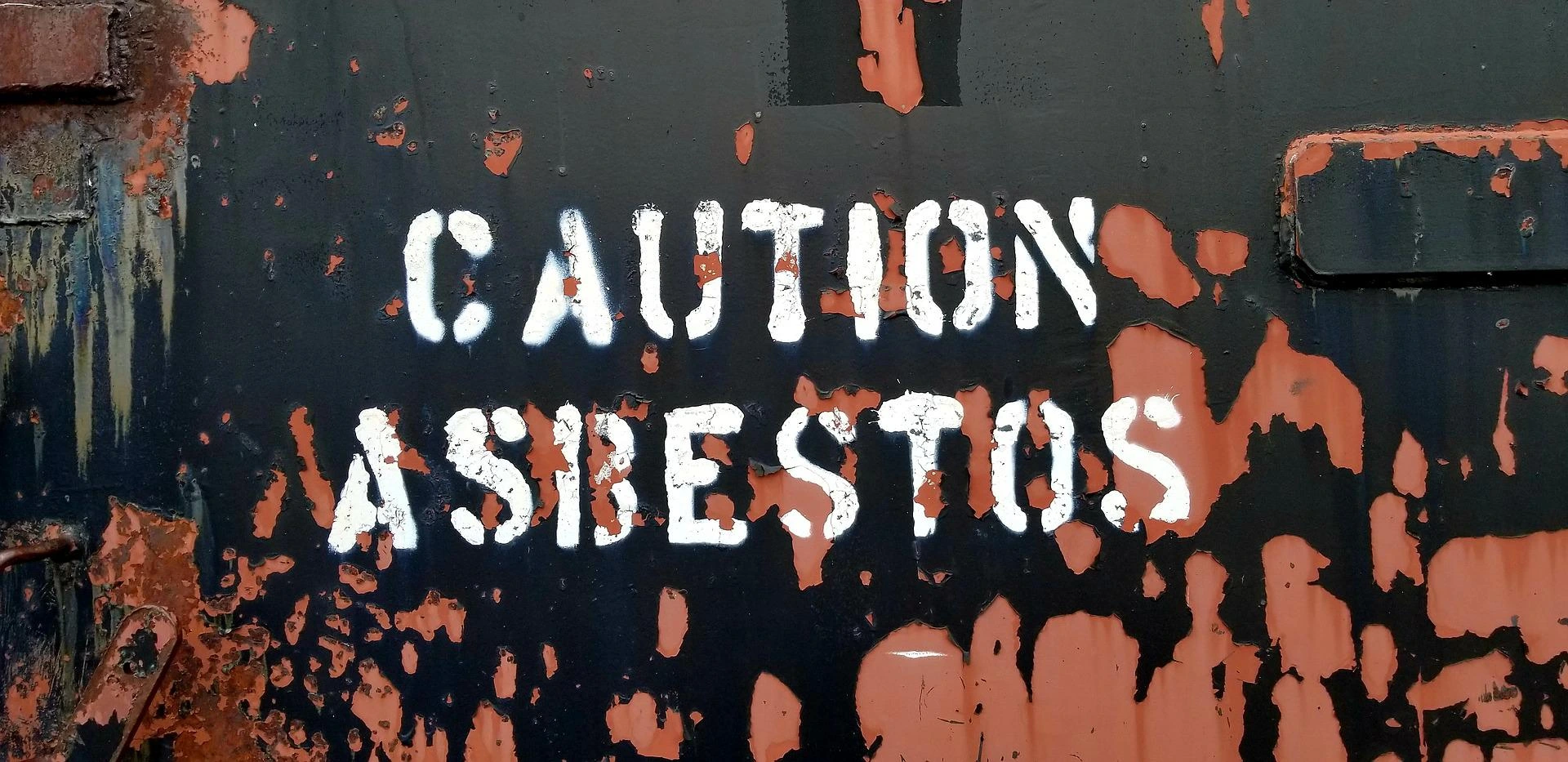Asbestos was commonly used as a construction material between the 1960s and the 1980s. During the mid to late 1980s, it became increasingly obvious that the material posed serious risks to human health, and bans were subsequently introduced. In this article we look at when asbestos was banned in England, the reasons why, and what the current regulations are.
Asbestos: When Was It Banned?
The first regulations that banned the use of asbestos as a construction material were introduced in 1985. That year, the UK government prohibited all use of two types of asbestos (blue or crocidolite and brown or amosite). In 1992, whilst the ban was further extended to include certain products containing Chrysotile, the three rarer types of asbestos were also banned.
The ban was extended to all other products containing chrysotile white asbestos. The 1999 ban didn’t only apply to the use of this material, but also to its importation, manufacture, and supply.
Why Was Asbestos Banned In The UK?
Although asbestos is a naturally occurring material, during the 1980s it was discovered that exposure to it could be harmful to human health. While asbestos isn’t actively harmful when locked up within construction materials, damaged asbestos can release fibres into the environment, which can be dangerous if inhaled or swallowed. The material can also enter water sources or infiltrate soil. Although the effects of asbestos exposure vary from person to person, the most common health problems linked to asbestos are:
- Inhaled fibres can become embedded in the lungs and cause cancer. The danger is higher with exposure to blue and brown asbestos.
- Inhalation can also cause a disease called asbestosis, which causes permanent damage to the lungs.
- Asbestosis itself increases the risk factor for different types of cancer or mesothelioma.
- In addition, exposure to asbestos fibres can exacerbate existing breathing problems.
It’s estimated that 5,000 people die of asbestos-related diseases each year in the UK.
Asbestos Banned In UK Construction: What You Need To Know
Most buildings constructed before 1999 include some asbestos-based materials, and you do not need to remove these so long as they are identified and managed correctly in a way that does not disturb the harmful fibres. The Control of Asbestos Regulations 2012 outlines the current requirements for managing and working with asbestos. The regulations establish that any work with asbestos must be exclusively carried out under a licence and following specific guidelines regarding risk assessment, control measures, equipment (including PPE), storage, and waste handling.
Although asbestos is no longer used as a building material, its presence in UK properties continues to pose a health hazard when construction or renovation work is carried out. Because of this, it’s essential that project and safety managers or any duty holders ensure that all regulations are strictly followed.
The best way to ensure compliance is working with an accredited laboratory that provides a comprehensive asbestos management solution. At OMC Consultants, we offer UK companies and duty holders a full range of asbestos management services, from surveying to budget costings, re-inspections, analysis, and training. Please get in touch today to find out more.
Image Source: Pixabay
